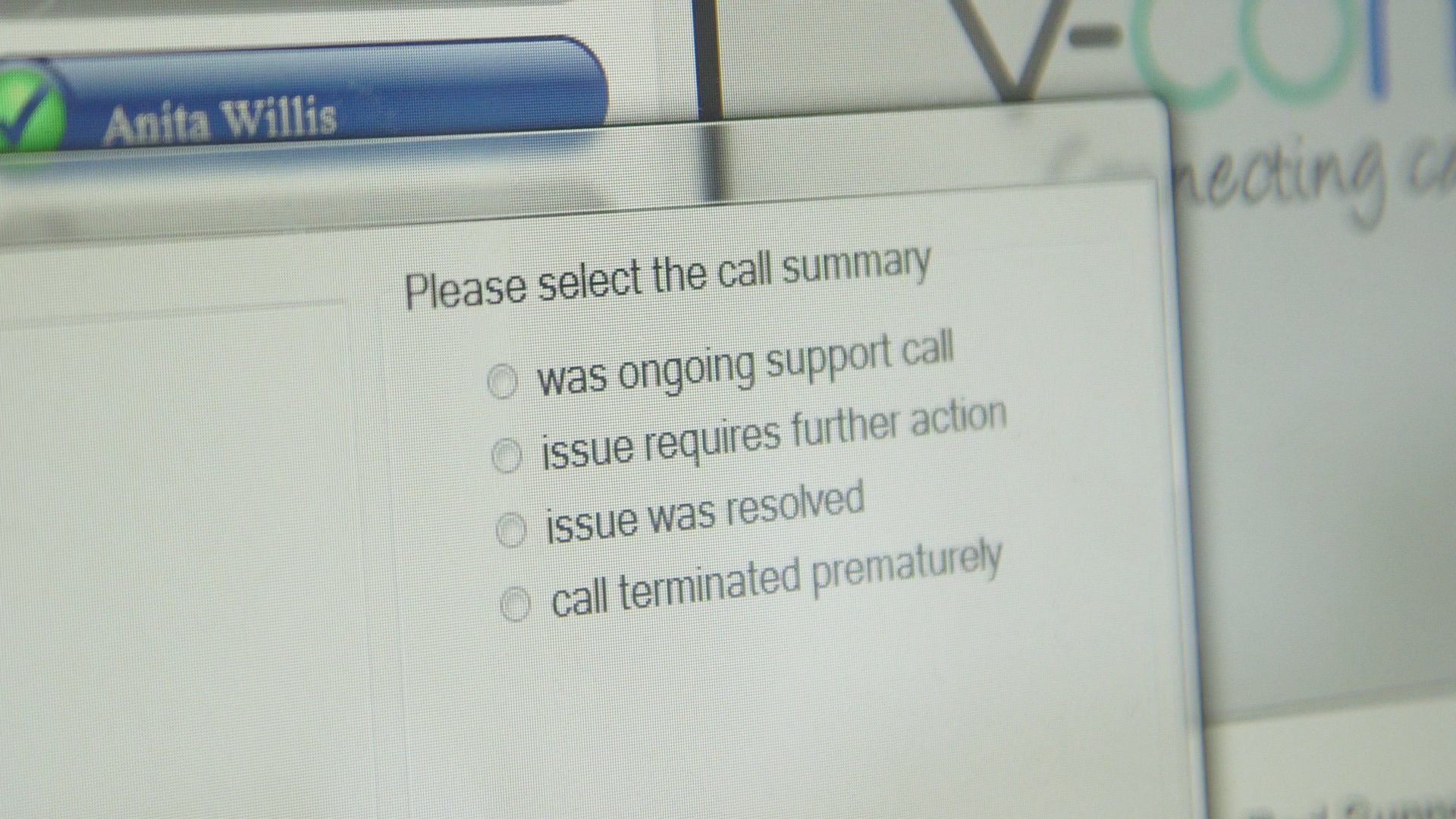Using communication technology it can empower families to take a more central role in coordinating care whilst supporting care provision across health and social care by improving communication. Automated evidence generation serves to provide transparency of activity and facilitates learning.
For the past year we have been collaborating with people, their families, carers, practitioners, technologists, academics and charities in pursuit of new care models that utilise communication technology.
By taking a practice led approach to the development of the technology and considering the evidence required to demonstrate outcomes we have developed a transferable approach to evolving practice in cooperation with the technology as a continuous learning process.
This has brought together technologies providing health and wellbeing measurement, multi-disciplinary team meetings using video, use of mobile devices usch as phones and tablets, physiological measurements, ambient monitoring and automated evidence generation.
By moving beyond the traditional ideas about telemedicine, telehealth and telecare we have extended our communication platform to provide a menu of technologies that can be assembled into personalised interventions that deliver measurable outcomes.
Taking an action research approach we have been able to obtain feedback within the project on the outcomes that family, carers and people really value. This has involved a non-linear approach to project management that involved workshops where the technology in practice was discussed and reviewed against the outcomes sought.
This resulted in better understanding, by the technologists, of the types of devices and the user interfaces that would be appropriate to people with a wide range of capabilities. The variation in needs and capabilities of the people engaged, and the use of a user-centred design approach, meant that not only was the range of technology and approaches broad but the outcomes and their value to different people was personal.
Therefore, the approach to evidence generation needed to be equally personal to accommodate a variety of outcomes. Where the evidence generation could be automated or included as part of the communications it was. This has led to video call activity, physiological measurements, ambient monitoring and surveys and evaluations all being integrated into the technology platform.
We have augmented this with service reviews, sociotechnical feedback, case studies and consideration of social value. We believe that, for the first time, we have a person-centred approach that is generating personalised evidence of outcomes.
From a systemic point of view this approach generates real time evidence about how the technology platform is supporting and integrating care across providers. This opens up the opportunity for emergent use of the technology as it “glues” together care provision. It also provides a platform to which new approaches and new technologies can be added without re-engineering everything as a new siloed approach.
In order to realise these integrated outcomes, however, requires an integrated approach to commissioning. Please download the project overview from this link: https://www.dropbox.com/s/0ran32k915h5vra/BOLD-TCProjectOverview.pdf?dl=0

